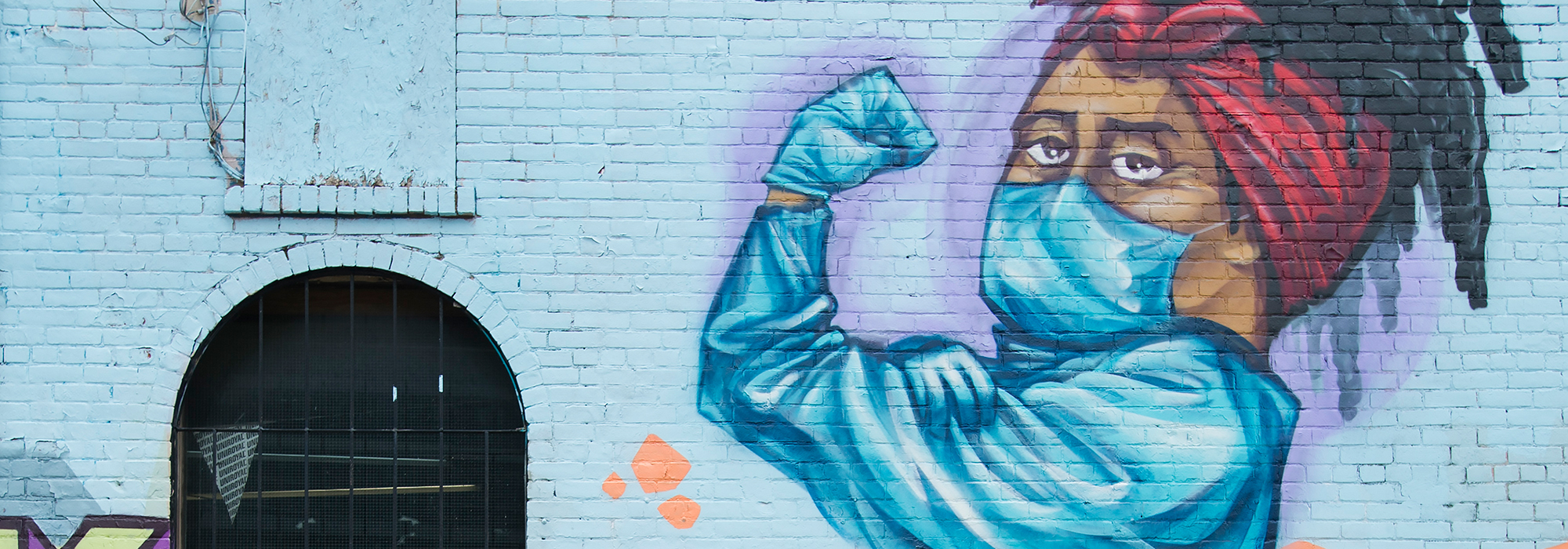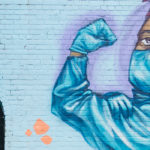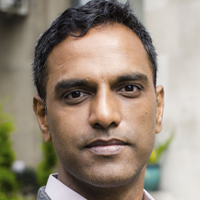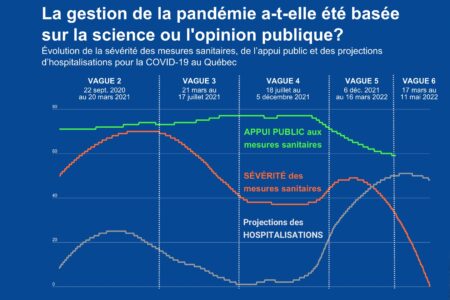
How a particular country allocates resources, or does not, during a pandemic affects how it evolves within the country, and sometimes in other countries and in the world. Yet, alongside directing resources toward increasing surge capacity to effectively control the pandemic – in terms of the spread of infections as well as managing consequent illnesses and deaths – how a society allocates resources also reflects and impacts the parallel social concern of equity.
But why should we or any country be concerned about equity while responding to a pandemic? The simple answer is that because we cause the spread of deadly and harmful infections through social interactions, choices and neglect, we then have an obligation to mitigate the harms fairly. Even if we do not want to acknowledge our own causal role, we would still want to ensure that we reduce risk of harms fairly or distribute benefits of response fairly. Have we done this so far in this pandemic? No.
A significant part of national pandemic responses involves surge capacity – the ability to scale operations up (and down) swiftly, smoothly and productively. This entails the rapid allocation and deployment of health and other social resources, including financial, intellectual, scientific, labour, military, and infrastructure.
The world over, in response to COVID-19 has marshalled these types of resources including trillions of dollars to increasing health care capacity, procuring testing kits and protective wear, building additional hospitals, providing food rations, helping businesses stay solvent, supporting and investing in scientific research and development of vaccines, and so forth. However, this surge capacity approach combined with a triage mentality at the point of need, often entails narrowing the causal story down to proximate factors (the virus SARS-CoV-2), and disconnecting from broader and long-standing background conditions (for example: we will save only those who will benefit the most, irrespective of who they are).
Health equity and social determinants of health
During normal times, the health and well-being of both individuals and a national population, as well as health inequalities across individuals and social groups, are overwhelmingly created by non-healthcare social determinants. Across all countries, social determinants of health are “the conditions in which people are born, grow, live, work and age.” These conditions include such things as early infant care and stimulation, safe and secure employment, discrimination, personal relationships, and income inequality among many others. Access to health care for prevention and care is important, but it is only one of many social determinants of health and illness, impairments and premature death.
Second, these determinants operate at levels ranging from the micro, such as interpersonal interactions affecting neuro-biological pathways, to the meso and macro, such as community cultures, national political regimes and global processes affecting trade – and, as this pandemic revealed, global organizations, governance structures and norms.
A third key aspect of social determinants of health is that health, with life expectancy as a good proxy, is distributed along a declining social gradient in every society. Every socio-economic group is healthier and lives longer than the group below. The story is not about the have and have-nots, but inequality right across society.
In sum, the way we organize our societies, how we treat and relate to each other, the social choices we make in policies and the persistent neglect of issues and groups all contribute to creating and distributing individual health or ill-health, and health inequalities along a declining social gradient within and across societies.
Because health is a valuable good to and for people, and social institutions, practices and relationships determine health and health inequalities, they are a central concern of social equity and justice. By extension, the broad social bases of the determinants of health and health inequalities that operate across countries also puts them squarely at the centre of the scope of deliberations on global equity and justice.
Social bases of infectious diseases
So unsurprisingly, pandemics also have significant social causes. While the origin of COVID-19 is still yet to be confirmed, we already know that the conditions that enabled its genesis were socially determined. The human–animal interactions were managed or neglected, through policy choices and social practices. The spread of the virus from person-to-person is a social phenomenon, and conditions that engender or restrict those social interactions are socially determined.
In addition, the spread of the virus across countries, initially carried by persons along busy international flight paths to major global cities, was socially determined. Social choices allowed those infections to then move through flights to secondary world capitals. And, to press the point to its conclusion, how infections take root and spread within countries, and how they are or are not being controlled are also determined by social choices or, indeed, neglect.
Two scientific ideas
Among the breadth of social choices available at the global to the local levels, the deployment of two scientific ideas profoundly affected national pandemic responses, including the allocation of resources, with significant harmful implications for social and health equity. First, the familiar contain-and-control approach to infectious diseases was applied maximally by countries (national lockdowns) and was without precedent.
The approach was first applied to the outbreak in Wuhan, China at an unprecedented scale but it did not contain the spread of infections. On March 9, Italy implemented a nationwide lockdown. And, perhaps, guided by the precedents of China and Italy, by the end of March, the majority of countries worldwide had implemented some form of border closure and national lockdowns.
Rapid national lockdowns across the world were undoubtedly motivated by the epidemic forecasting models that were so influential early on. In mid-March the modellers at Imperial College London projected 500,000 deaths in the UK and 2.2 million deaths in the US if no action were taken. Importantly, the modellers were able to share their projections directly with the UK Prime Minister’s Office as well as US presidential advisors.
The forecasting models were mono-dimensional. They modelled scenarios of how generic human bodies will likely spread infections, and the biological impacts (infected, recovered, or dead) over time. They used assumptions including equal susceptibility of all bodies and equal probability of death, resulting in the impression that anyone could become infected and die.
The generalized risk as well as the predicted scale of deaths motivated the society-wide lockdowns. Imagine if the forecasting showed that older people and minorities were most likely to die. The model assumptions obscured unequal vulnerabilities across social groups to exposures, infections and deaths. Such differences in vulnerability can be due to existing health conditions, frailty from being older, as well as from social conditions such as lack of clean water or unaffordability of soap.
When the inequalities in vulnerability to infections were erased through the assumption that everyone was equally susceptible, it also erased the unequal abilities of individuals to benefit from intervention to reduce transmission. Equal vulnerability assumption goes with equal ability to benefit assumption. This equality assumption also renders unclear the possibility of the intervention actually creating even more vulnerabilities.
For example, social distancing made some people more at risk of infection, not to mention harms in other important wellbeing domains. For example, crowded living conditions increases risk of infection, as well as risk of physical abuse or mental illness for some people. Further, assuming that all individuals develop equal immunity once infected also produces various further vulnerabilities.
Plus, used in isolation, with a focus on only one dimension (biological impacts of virus), these models could not identify the impacts of policies to reduce virus transmissions on other health and well-being issues or on other important social domains (for example: non-COVID-19 health care, the economy, unemployment, gender roles).
Secondly, these models were not able to present any analysis on social distribution patterns. The modelling was only able to present aggregate numbers of bodies infected and immune, infected and dead and susceptible over time before the pandemic dies out with or without various interventions. It was only after people started dying that visible patterns of social distributions were forced to be acknowledged.
In light of the role of modelling in this pandemic, a partial answer to the question – how should a nation allocate its resources during a pandemic – is that it should seek to deploy a pandemic response that aims to effectively control the epidemic, but with significant attention to equity because the deaths and suffering are socially caused.
One potentially practical and effective use of resources would be to combine infectious disease modelling and social epidemiology to produce better forecasts. These would incorporate differences in vulnerability and show social distribution patterns of impacts of infections as well as social responses.
This is not a novel assertion. Such a call to improve infectious disease modelling and epidemiology by incorporating social determinants of unequal vulnerability was raised in the mid-1990s in response to HIV/AIDS modelling. But it went unheeded. Once again, this shows how the devastation from COVID-19 pandemic has a long chain of causes rooted in social choices and neglect, going back decades at least.
A longer version of this piece can be found in Vulnerable: The Law, Policy and Ethics of COVID-19, edited by Colleen M Flood, Vanessa MacDonnell, Jane Philpott, Sophie Thériault and Sridhar Venkatapuram, out now and available open access from University of Ottawa Press.
This article is part of the Addressing Vulnerabilities for a More Equitable Pandemic Response special feature.









